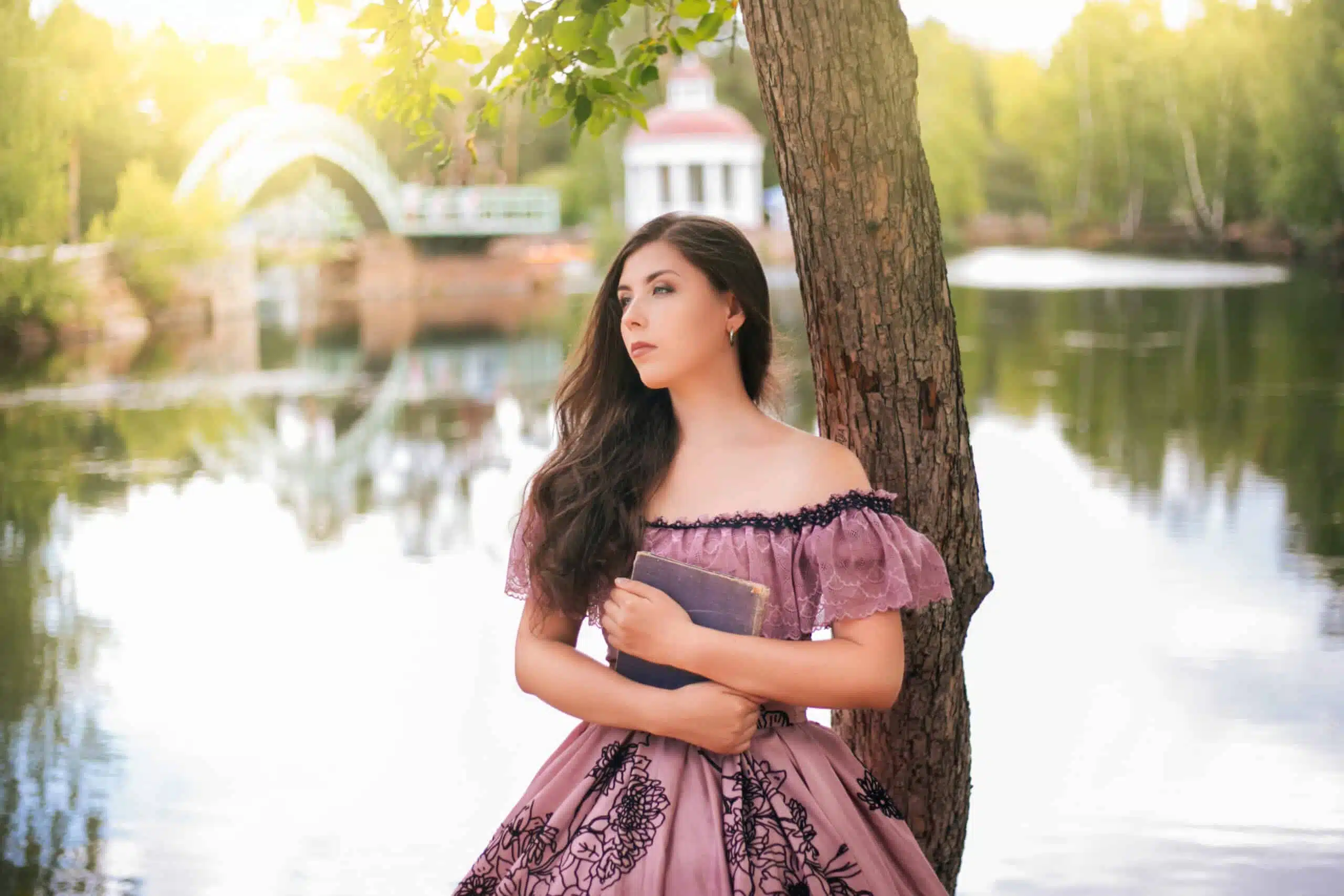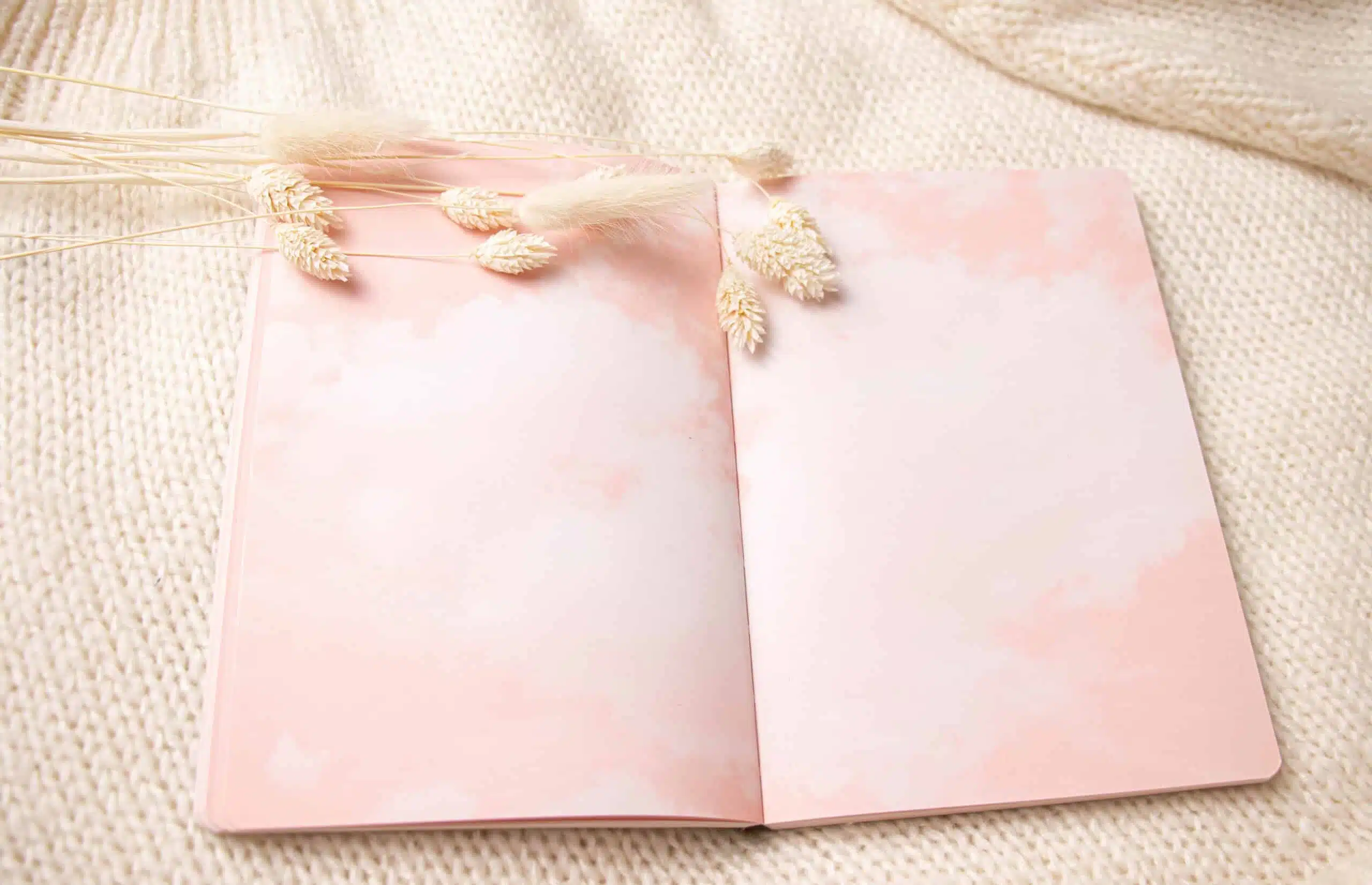Here’s what the Nonet poetry form is:
The nonet is a nine-line poem that gradually gets shorter as the poem continues.
It starts with a nine-syllable line, then eight, then seven, and all the way down to one at the last line.
The origin of the poem is currently shrouded in mystery, but it has been jumping from website to website in recent years.
So f you want to learn all about the Nonet poetry type, then you’ve come to the right place.
Let’s dig into it!
- Diminishing Hexaverse Poetry Form
- Allegorical Poetry Form: Veil Truth in Verse
- Sijo Poetry Form: Quench Mind’s Thirst
- Palindrome Poetry Form: Express Your Core
- Tautogram Poetry Form: Harbor Harmony’s Hush
- Echo Verse Poetry Form: Amplify Your Emotions
- Contrapuntal Poetry Form: Echo Twin Realms
- Found Poetry Form: Discover Beauty in Scraps

Forms of Poetry: The Nonet

The nonet is a remarkably simple nine-line poem form.
The first line starts with nine syllables, then eight, then seven, all the way down to one.
Aside from this limitation on syllables, there are no other rigid rules coded into the form.
I was unable to find the original source of the form, but I do have some thoughts.
First, the form has been making the rounds online amidst poetry communities.
This is usually the case with relatively new forms that are still being freshly experimented with, so it seems possible that it was born on an online community like Shadow Poetry or from a magazine article sometime in the last few decades.
Second, the form’s unique obsession with syllable counts to the exclusion of other requirements brings to mind westernized versions of eastern forms, like the haiku.
So the best approximation I can make is that this form may have emerged from the explosive popularity of syllable-count poems in recent years.
It’s likely under the hands of a relatively unknown poet whose work was spread all over the internet before they could attach their name to it.
Unfortunately, this is all based on educated guesses.
The only thing we know for sure is that it shares its name with a musical term for a group of nine musicians.
The prefix “non-” does mean “nine” though, so it’s not clear if this was intentional or not.
You’d have to track down the mysterious founder of the form and ask them.
Basic Properties of a Nonet

| Rhyme Structure | None |
| Meter | Unmetered |
| Origin | Unknown |
| Popularity | Spreading online as a popular experimental form |
| Theme | Varies |
How Is a Nonet Structured?

Unlike traditional western poetry, the nonet does not concern itself with meter or rhyme in any way, shape, or form.
In fact, it would be unrealistic to impose meter upon the form since each line would, in essence, have a different meter than the last anyway because of the gradually decreasing syllable counts.
While rhyme does not seem to be expressly forbidden, poets rarely use rhyme in this form.
The main appeal of the form is its simplicity compared to other more heavily regulated forms, so it may be best not to reinvent the wheel.
The only rule it does have, as stated, is that the poem starts with a nine-syllable line and then gradually gets shorter until the ninth and final line has a mere one syllable.
Making this last syllable count is tricky, but doable.
Due to its low bar to entry, the nonet is a reasonable poem form to teach to young children as their first “formal” poem.
Like the haiku, it is a form that is easy to learn but hard to master, which gives it a wide potential audience compared to the oceans of other forms out there.
Example of a Nonet

The nonet is a simple project,
if only you give it a chance
so take up your pen in hand
and make just one attempt
to capture its charm
in any shape
that you can
simply
write.
Take note that the rule is specifically nine syllables, not nine words.
While experienced poets may be laughing at the thought of explaining the difference, this is a pitfall that many amateurs struggle with, so it is something I should bring up.
While the above poem isn’t the most…poetic, per se, it does stick to the basic structure of a nonet.
It’s best to end on a word that encapsulates the poem in some way, if possible.
In this case, I ended with the phrase “simply write,” which acts as a simplified summary of the poem’s central message.
Not that nonets need to have a message, mind you.
If you want to write about how glossy the banana you had with your toast this morning was, then I won’t stop you.
Just make sure you capture whatever enraptured you about that banana to the best of your abilities.

Where window meets morning dew, I watch,
awaiting tomorrow right here,
between blue screens that alight
a lonely room, sitting
in silence, softly
thinking of you,
but sunset
stalls.
Above we have something slightly more ambitious.
Remember that you have very little space toward the end, so you only really have a few lines to establish any setting and/or character you’ll be using in your poem.
Focus on crisp, simple images that your reader can visualize instantly.
The last few lines are only enough space to wrap things up.
You may be able to fit a poetic turn into the poem with a little creativity, but don’t count on it.
Try to find some way to squeeze just a little more feeling or thought out of those last few lines.
Avoid ending on a boring word if possible. Verbs and nouns tend to leave a more lasting impact than something like “of.”
Tips for Writing a Nonet

Keep it simple.
One temptation that intermediate to veteran writers often fall into is the desire to complicate things.
The most pleasant thing about the nonet is that it feels like anyone could write one.
Even if you’re a talented poet who can turn any sentence you spin into a delightful read, that’s no excuse for over-complicating the delivery.
Your audience should (in a perfect world) feel like the poem flowed organically from your pen, as if by magic.
So avoid anything that feels forced or stringent or weird.
Even as you get down to the shortest lines of the poem, try to end in such a way that it looks natural.
It’s okay if this takes a few tries.
Just keep trying.
In any case, you don’t need to turn your first few attempts at the nonet into an extravagant magnum opus that puts Shakespeare to shame.
It’s enough to just get some practice with a new form and enjoy yourself.
You’ll improve at poetry naturally as you write, so just keep writing.
Poet’s Note

This one was a tidy little experience to work with.
Perhaps a little too tidy, though, since I’d have liked to pin down the history of the poem somehow.
It’s probably possible to narrow down the first mentions of the form online if you’re tech-savvy enough, so maybe someone out there will track down the origin of nonets sooner or later.
Comprehensive Collection of Poetry Forms: Craft Words Into Art

Dare to traverse the entire spectrum of poetic forms, from the commonplace to the extraordinary?
Venture from the quintessential Sonnet to the elusive Mistress Bradstreet stanza, right through to the daunting complexity of Cro Cumaisc Etir Casbairdni Ocus Lethrannaigecht.
For those with a zeal to encounter the full breadth of poetry’s forms, this invitation is yours.
Start exploring the vast universe of poetic ingenuity with our comprehensive array of poetry forms right now!
- Diminishing Hexaverse Poetry Form
- Allegorical Poetry Form: Veil Truth in Verse
- Sijo Poetry Form: Quench Mind’s Thirst
- Palindrome Poetry Form: Express Your Core
- Tautogram Poetry Form: Harbor Harmony’s Hush
- Echo Verse Poetry Form: Amplify Your Emotions
- Contrapuntal Poetry Form: Echo Twin Realms
- Found Poetry Form: Discover Beauty in Scraps
